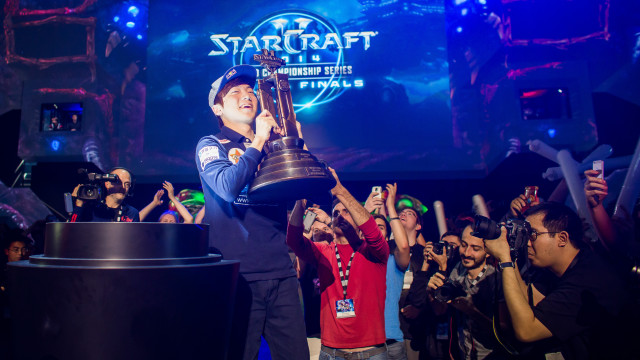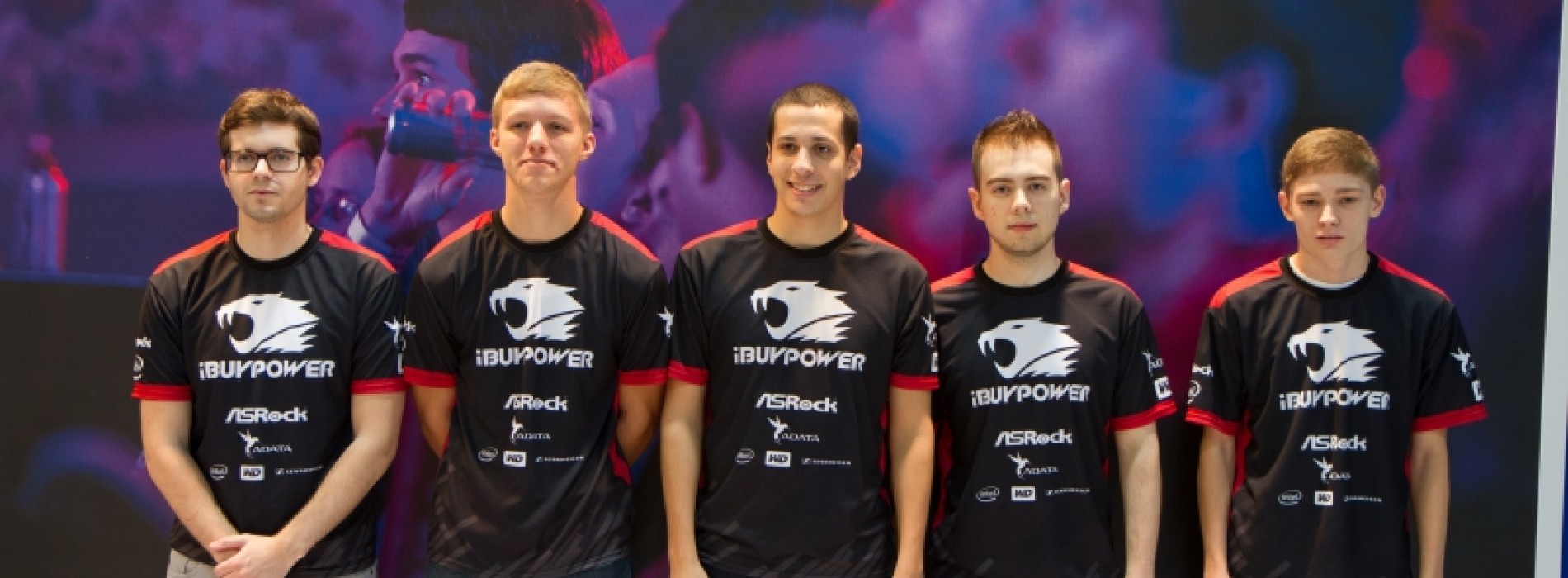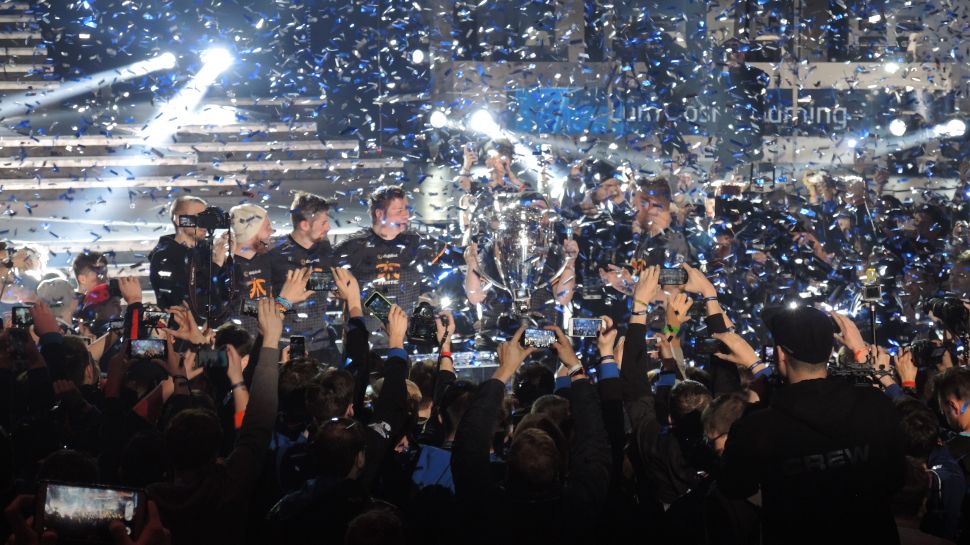Esports has begun to get recognition around the world in the last few years and has been compared to regular sports many times. Whether or not people agree that the two categories are similar or different, the same problems plague both. Cheating and using substances to boost performance have been caught in both esports and traditional sports, but another equally as damning crime is match-fixing. Match-fixing consists of players or teams intentionally losing a match or game in return for compensation, usually, but not always money. In traditional sports, match-fixing can lead to jail time or other severe punishments. For Esports, the cases are usually a bit murkier as it is much harder to determine which cases are fixed.
The StarCraft II Era

Photo Credit: kotaku.com
You could say that StarCraft was one of the pioneer Esports that helped establish the genre. The game has been around as an Esports for a very long time and although it does not see as much popularity today, it still has a strong following. Part of the reason why the game has died out a bit is because of a huge match-fixing scandal that occurred between several Korean players in 2015. This was a huge issue at the time because Korea was seen as the pinnacle of StarCraft II and this case resulted in eleven top players being handed lifetime bans. In 2016, more match-fixing cases in Korea came to light with one of the highest-profile players, Life, being given a lifetime ban also. Life was among the top in the world at the time of his ban, and the match-fixing case resulted in the arrest of Life by KeSPA, the Korean Esports management body. It is worth noting that match-fixing in Korea is punishable with jail time similar to traditional sports, but in other countries this is not the case.
The iBuyPower Incident in CS:GO

Photo Credit: thaicsgo.com
One of the reasons attributed to the rapid growth and popularity of CS:GO is the ingame gun and knife skins that Valve introduced to the game. Some of these skins are priced at a couple of cents, but the rarer ones can exceed thousands of dollars. Sites such as the popular CS:GO Lounge have sprung up to allow viewers to bet said skins on professional matches to increase their inventories. This has resulted in an abundance of match-fixing cases using CS:GO Lounge as the catalyst to place bets. One of the highest profile match-fixing cases occurred with the old iBuyPower team back in 2015. iBP played against NetCodeGuides and lost the game in a very suspicious way, attempting to knife opponents and overall looking like they were not trying to win. The story came out later by Esports journalist, Richard Lewis, with phone texts incriminating the iBP and revealing that they had accepted skins in return for losing the game. The players were handed lifetime bans in attempt to curb future match-fixing incidents in CS:GO.
Integrity of the Game

Photo Credit: techradar.com
Both these two incidents caused huge uproar in the Esports community and also outside of it. Potential sponsors who were looking to invest into the area backed out due to these two incidents. If Esports wants to move forward, a stricter rule set for these kinds of cases will need to be established to prevent match-fixing in the future.